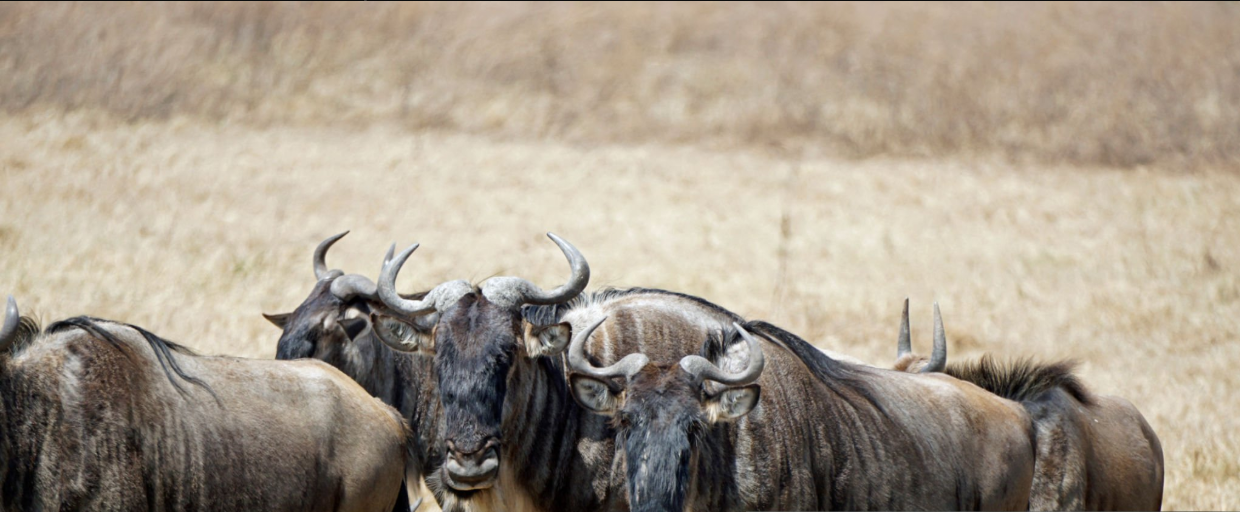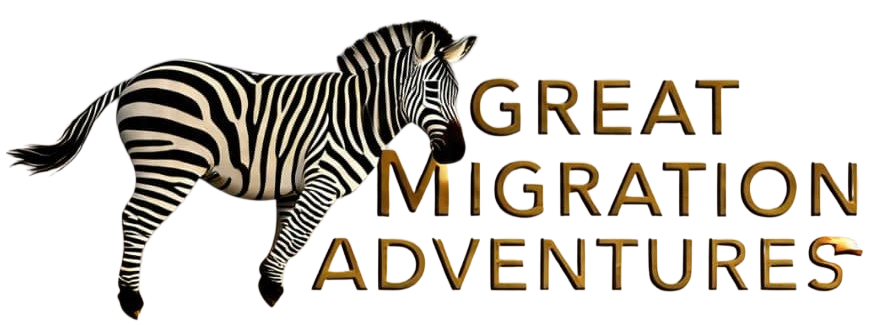Can I See the Wildebeest Calving Season in the Southern Serengeti?
Wildebeest Calving Season Serengeti, The Serengeti National Park in Tanzania is one of the most spectacular wildlife destinations in the world, renowned for the Great Migration—a continuous movement of over 1.5 million wildebeest, along with hundreds of thousands of zebras and gazelles. Among the most dramatic events in this migration is the wildebeest calving season, a breathtaking natural phenomenon that draws wildlife enthusiasts from across the globe.
If you’re wondering whether you can witness this incredible event in the southern Serengeti, the answer is yes—but timing is everything. In this article, we’ll explore the best time to visit, what to expect during the calving season, why it’s such a unique spectacle, and how to plan your safari for an unforgettable experience.
Understanding the Wildebeest Calving Season Serengeti
When and Where Does It Happen?
The wildebeest calving season occurs between late January and mid-March, primarily in the southern Serengeti and the Ndutu region (which lies within the Ngorongoro Conservation Area). During this period, over 500,000 wildebeest calves are born in a span of just 2-3 weeks, creating one of the most concentrated wildlife spectacles on Earth.
Why the Southern Serengeti?
The short grass plains of the southern Serengeti and Ndutu provide the ideal conditions for calving:
-
Nutrient-rich soil: The volcanic ash from the Ngorongoro Highlands enriches the grass, offering nursing mothers high-calcium and phosphorus content for milk production.
-
Short grass: This allows wildebeest mothers to spot predators (like lions, cheetahs, and hyenas) from a distance, increasing the survival chances of newborns.
-
Water availability: Seasonal rain pools provide essential hydration for the herds.
What Makes the Wildebeest Calving Season Special?
1. The Miracle of Birth in the Wild
Witnessing a wildebeest calf taking its first steps within minutes of being born is a rare and emotional experience. Unlike many other animals, wildebeest calves are precocial, meaning they can stand and run shortly after birth—a crucial survival trait in predator-rich environments.
2. Predator Action: Nature’s Drama Unfolds
The calving season is a feast for predators. Lions, cheetahs, leopards, hyenas, and even jackals lurk nearby, capitalizing on the abundance of vulnerable newborns. While this may sound harsh, it’s a vital part of the ecosystem. Safari-goers often witness high-intensity hunts, making it one of the best times for predator sightings.
3. The Sheer Scale of the Event
Imagine hundreds of thousands of wildebeest spread across the plains, with 8,000 calves born daily at the peak. The sight, sounds, and energy of this mass birthing event are unparalleled in the animal kingdom.
Best Time to Visit for the Wildebeest Calving Season Serengeti
To maximize your chances of witnessing the calving season, plan your safari between:
-
Early February to early March (peak calving usually occurs in mid-February).
Month-by-Month Breakdown:
-
January: The herds arrive in the southern Serengeti and Ndutu. A few early births occur, but the peak is yet to come.
-
February: The highest concentration of births happens, with thousands of calves born daily.
-
March: Calving winds down, but predator activity remains high as they target the young and weak.
Where Exactly to Go for the Best Views
1. Ndutu Region
Part of the Ngorongoro Conservation Area, Ndutu is a prime location for calving sightings. Its open plains allow for unobstructed views of wildebeest herds and predator interactions.
2. Southern Serengeti Plains (Kusini, Moru Kopjes)
Areas like Kusini and Moru Kopjes offer fantastic game viewing, with fewer crowds than Ndutu.
3. Lake Ndutu & Lake Masek
These seasonal lakes attract thousands of wildebeest, providing excellent photographic opportunities, especially at sunrise and sunset.
What to Expect on a Wildebeest Calving Season Serengeti
Daily Wildlife Spectacles
-
Dawn: Newborn calves take their first steps while mothers graze.
-
Mid-morning: Predators become active—cheetahs and lions often hunt in daylight.
-
Afternoon: Herds move in search of fresh grass, creating dramatic migratory lines.
-
Evening: Golden-hour photography opportunities with silhouettes of wildebeest against the sunset.
Birdlife and Other Wildlife
The southern Serengeti is also home to:
-
Ostriches, secretary birds, and kori bustards (often seen striding through the plains).
-
Large herds of zebras and Thomson’s gazelles (which also calve around the same time).
How to Plan Your Safari for the Wildebeest Calving Season Serengeti
1. Book Early
This is a peak season for Serengeti safaris. Lodges and camps in Ndutu and the southern Serengeti fill up 6-12 months in advance.
2. Choose the Right Accommodation
-
Ndutu Safari Lodge, Serengeti Serena Lodge, & Lemala Ndutu Camp are excellent options.
-
Mobile tented camps (like &Beyond’s Serengeti Under Canvas) move with the herds for the best access.
3. Hire an Expert Guide
A knowledgeable guide will track the herds and position you for the best predator action.
4. Pack Appropriately
-
Binoculars & a good camera (with a zoom lens for distant shots).
-
Neutral-colored clothing (avoid bright colors that scare animals).
-
Lightweight rain jacket (February can have brief showers).
Ethical Considerations & Responsible Tourism
While the calving season is thrilling, it’s crucial to minimize human impact:
-
Keep a respectful distance from newborn calves and hunting predators.
-
Avoid off-road driving unless permitted, as it damages the fragile grasslands.
-
Support eco-friendly lodges that contribute to conservation.
Is the Wildebeest Calving Season Worth It?
Absolutely! The wildebeest calving season in the southern Serengeti is one of Africa’s most awe-inspiring wildlife events. From the miracle of birth to the raw drama of predator-prey interactions, it offers a front-row seat to nature’s most incredible spectacle.
If you’re planning a Serengeti safari, timing your trip between February and early March will give you the best chance to witness this unforgettable phenomenon. With careful planning, the right guide, and a bit of luck, you’ll experience one of the planet’s greatest natural wonders in all its glory.










